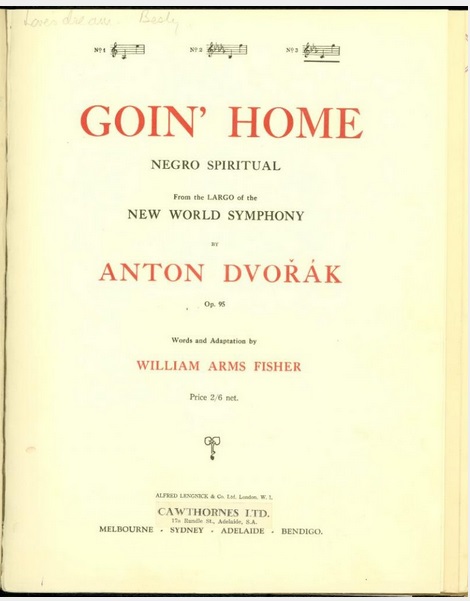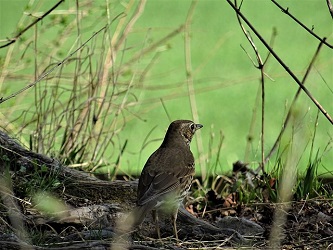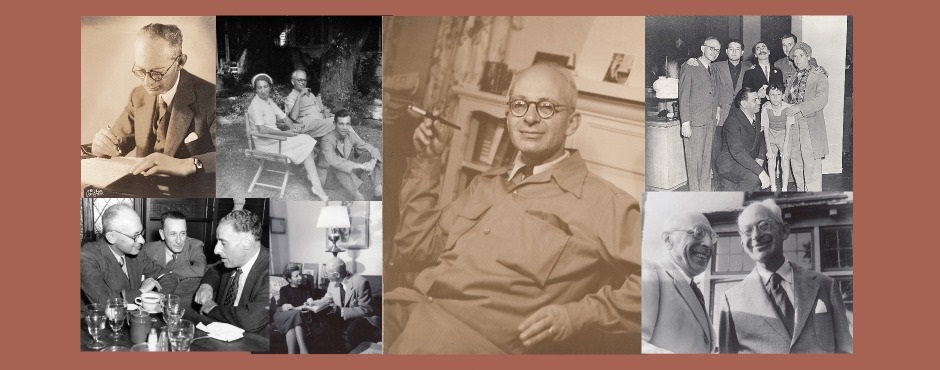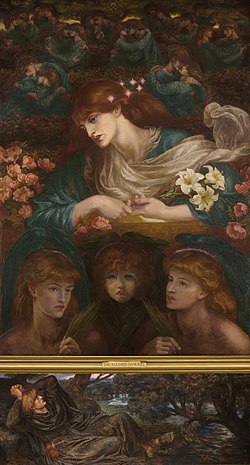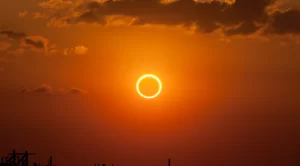
As I write this post it’s only a little over a week until Labor Day, the official end of summer. Fall is my favorite time of year: I love the colors, the smells, and the crisp air. I remember so vividly how exciting it was for me as a kid to go shopping for school supplies with my mom. There was the pristine Big Chief tablet (a paper one with lines, not an iPad) and new pencils. Maybe even an unsmudged pink eraser. Everything seemed possible.
But for some autumn is a sad season, as it starts the inevitable slide toward winter with its darkness and cold. Two songs with lyrics by Johnny Mercer portray this viewpoint: “Autumn Leaves” and “When October Goes.” They’ve been put together in a lovely medley by the modern composer/arranger Paul Langford, a true powerhouse whose arrangements I’ve sung myself. Both of these songs have a fascinating backstory.
Let’s take a look first at “Autumn Leaves.” Its first iteration was as a French art song that appeared in a 1946 film. Originally titled Les Feuilles Mortes, which translates to “the dead leaves,” it caught the attention of Mercer’s co-worker at Capitol Records, Mickey Goldsen. He begged Mercer, who by this time had become an established lyricist, to put the rather nuanced and subtle French wording into English. Mercer eventually obliged, producing something much more simple and straightforward than the original and which sold very well. Mercer said later that he made more money from “Autumn Leaves” than from any other song he wrote—and that includes such mega-hits as “Moon River” and “That Old Black Magic,” as well as many, many others. While Mercer was capable of composing melodies, he preferred writing lyrics—in particular, being given a tune and then working to find words to fit it. In “Leaves,” we’re told a very simple story in quite sparse words: there was a summer romance, but it ended with the beloved’s departure that took place (probably) in autumn, since the speaker’s sense of loss is especially strong when the leaves start falling. It doesn’t hurt that the melody is truly lovely, composed by the Hungarian-born Joseph Kosma for the original film music.


